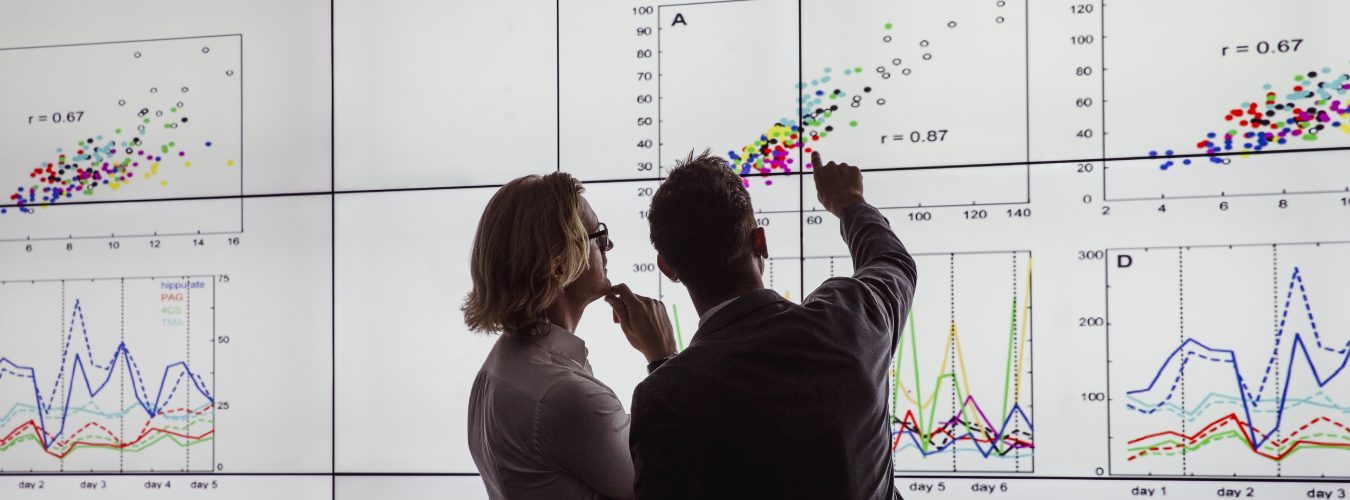Scene setting
Following our attendance on the BIOL1001 Fieldcourse in Spain earlier this year (outputs are still in production), the Digital Learning team was invited to attend the SOES2030 Dale Field Marine Biology Fieldcourse in West Wales. Our mission was primarily to capture video content for an upcoming MOOC (release date early 2019), but we had a number of additional objectives:
- Create educational videos specifically about student project work and various taxonomic/functional groups of organisms (to be used in the undergraduate course)
- Development of an interactive 360 tour of the field site, labs and accommodation (part of a wider pilot of this type of technology).
- Capturing 360 video footage of staff and students out on location, to be used in Open Days (part of a smaller pilot).
- Make a short film about a collaboration between Ocean and Earth Sciences and Geography in using technology to enhance education.
- Ad hoc but bespoke faculty staff development with regards to using technology in education, and university supported systems such as Blackboard.
Crew and Kit
We’ve found that pairs of Learning Designers and Media Developers are very effective in the production of multimedia for education (throughout the project lifecycle). This is even more so when filming on location, so Sarah Fielding (LD) and Joe Brett attended (MD). The Academic lead for the MOOC and the Field course is Professor Martin Solan, and we were also joined by PhD student and Mayflower Scholar Christina Wood, who is developing content for the MOOC. In addition to the high-end filming kit that you would expect from our fully qualified and professional media team, we also took along our DJI Phantom drone and two 360 camera rigs. One was our tried and trusted Samsung 360 and the other was our GoPro Omni, which had its first outing in Spain earlier this year. That first field test of the rig produced some great results, so we were keen to take it to the next level in our 360 production in terms of developing engaging experiences.

The challenges of filming on location
Our primary field sites were a sandy bay with rockpools in West Dale and a mudflat in East Dale. Although they were relatively close (within walking distance for the students) we needed transportation due to the weight of kit and tidal times. West Dale was beautiful but especially challenging due to wind conditions and its accessibility!


We were incredibly lucky with the weather; although the perfect weather for filming outdoors is slightly overcast with little to no wind. We attempted a number of timelapses but were thwarted variously by fog and uncooperative animals in the labs.


We got fantastic drone footage of the mudflat at East Dale, especially useful for large student cohorts as they can appreciate the scale of the habitat whilst minimising the disruption to the environment. Our lead academic, Martin Solan, was under pressure to deliver his lines on the final day of filming, however, as the tide rapidly returned to cover the mudflat.

Highlights of the trip
Drone envy. We definitely had it on this trip when Dr Julian Leyland and PhD student Andrea Gasparotto arrived with their customised drone rig. This bespoke configuration allows an SLR to be mounted on the drone, enabling super high definition photography. With half a day, the entire bay of West Dale was photographed, scanned and converted into a 3D photogrammetric model that students will be able to interact with. The resolution is stunning. In Digital Learning we are keen to connect excellence and expertise across the university. In this case, Julian and Martin had already been working together, so it was our pleasure to create a short video about this fantastic kind of interdisciplinary collaboration to enhance the student experience. And drool over the drone setup (but not literally).
For me as a Learning Designer, one of the highlights was definitely spending time with students. I took along one of our Oculus Go headsets to show staff the VR outputs from the Spain 360 video, and on the last night, I took some of the students swimming with Great White Sharks in the library, courtesy of Samsung Gear Videos. With Joe on a well-deserved night off, I couldn’t film the results (busy concentrating on the health and safety/crowd management) but the student reactions were fantastic. I’m really looking forward to more of these experiences as uptake across the university increases.
This is one of my favourite images from the trip – this shark egg case was found washed up on shore by a couple of students. They approached us for photography tips to record their find, then the staff gave them advice in giving it the best chance for survival. Hopefully, the little life inside was saved.

What’s next?
Editing. Lots and lots of editing. But also…whilst away we spent a lot of time talking to staff about other uses of technology in education. There are some interesting projects for us to follow up on. Another member of UoS staff, who leads a one day field trip, contacted us via Twitter for input. We are at a good point to stop, take a breath, design and evaluate. Virtual field trips aren’t just a visual representation of the location, they also need to be authentic to the pedagogic design of the fieldwork itself. Time to get to work on that and get some feedback from staff and students.

